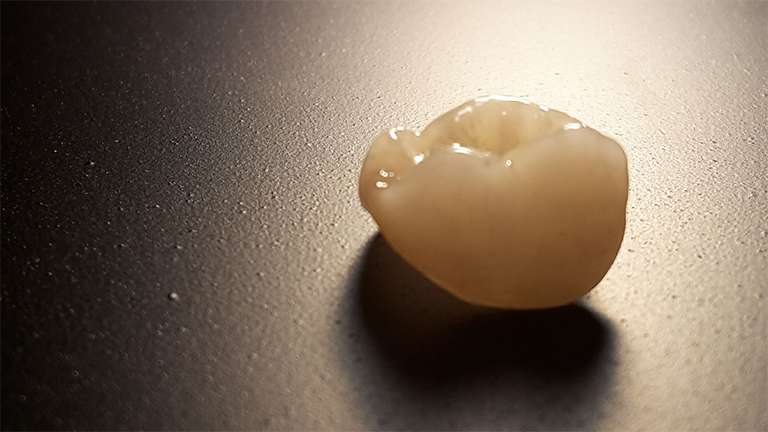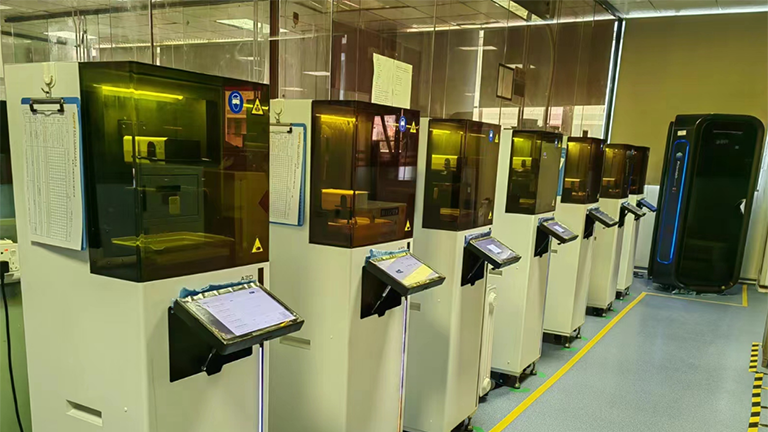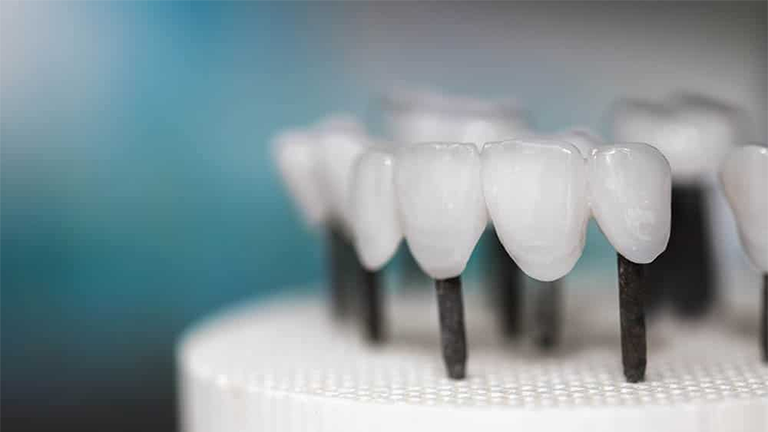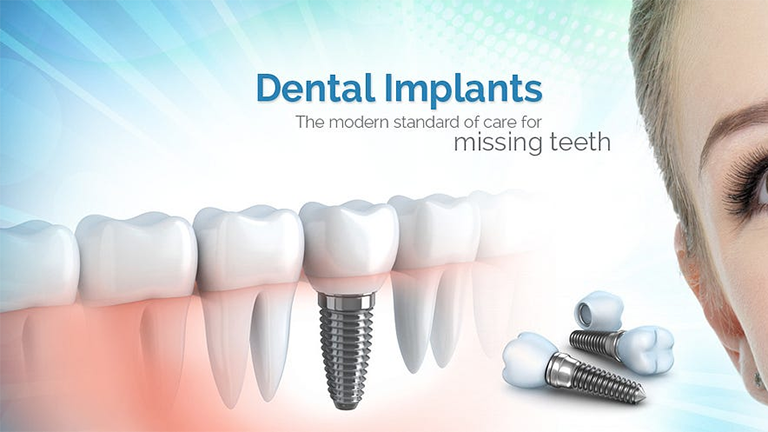A Comprehensive Guide to Crown and Bridge Material Selection
Dental Lab Crown and bridge restorations are common dental procedures that can greatly improve the functionality, esthetics, and overall health of a patient’s teeth. However, selecting the right materials for these restorations can be a challenging task. With numerous options available in the market, it can be daunting to decide which crown and bridge materials are best suited for a patient. In this article, we will guide you through the crown and bridge material selection process, so you can choose the best materials for your patients’ needs.
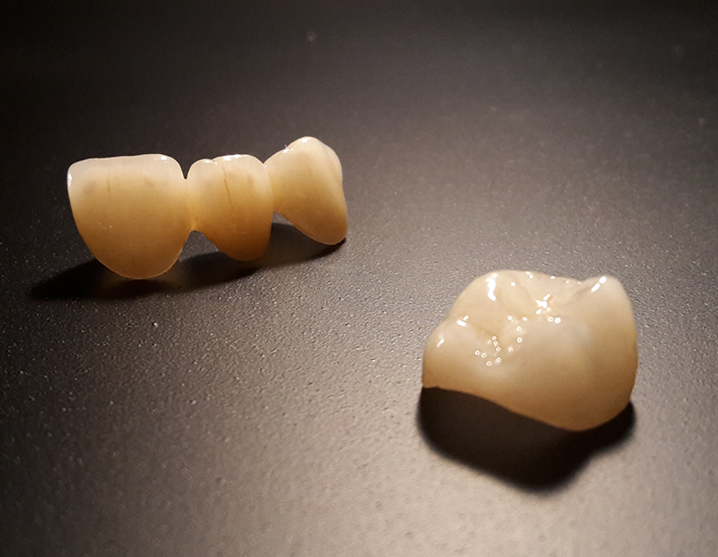
Factors to Consider in Crown and Bridge Material Selection
Before deciding on a crown and bridge material, several factors should be taken into consideration, including:
1. Esthetics:
One of the main reasons for crown and bridge restoration is to improve the esthetics of a patient’s smile. The esthetic demands of each patient vary, and the appropriate material choice will depend on factors like the shade of the patient’s teeth and the desired restoration’s translucency.
2. Strength:
The crown and bridge materials used must be strong enough to withstand the forces of everyday chewing and biting, especially in the case of posterior teeth.
3. Biocompatibility:
It is essential to use materials that are biocompatible and cause no adverse reactions in the patient’s mouth.
4. Fit:
The restoration must fit precisely for optimal function and longevity.
5. Cost:
The cost of materials used is an important consideration for both the patient and dental practitioner.
Types of Crown and Bridge Materials
1. Metal-Ceramic:
Metal-ceramic restorations, also known as porcelain-fused-to-metal (PFM), have been in use for several decades. The metal base creates a strong foundation for porcelain to be fused onto. While these restorations exhibit excellent strength, their esthetics may not match that of all ceramic restorations.
2. All-Ceramic:
All-ceramic restorations, such as zirconia, are known for their superior esthetics, making them more suitable for anterior teeth restorations. They also have excellent biocompatibility.
3. Full-Metal:
Full-metal restorations, while less esthetically pleasing, are ideal for posterior teeth restorations, where strength and longevity are the primary objectives.
4. Hybrid Materials:
Hybrid materials, like resin-bonded bridges, combine different materials to achieve ideal esthetic and functional results.
Conclusion
Choosing the appropriate crown and bridge material can significantly affect the longevity and overall success of the restoration. Factors such as the desired esthetics, strength, biocompatibility, fit, and cost must be taken into consideration when selecting materials. By working with your dental team and considering the patient’s needs, you can select the best crown and bridge material for each case. Always prioritize the safety and well-being of your patients in the material selection process.

